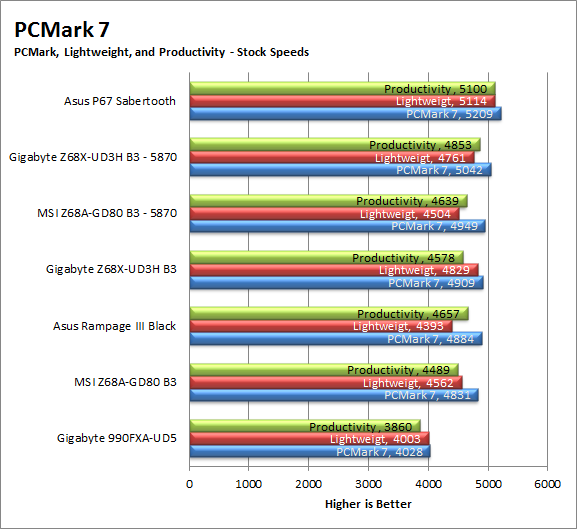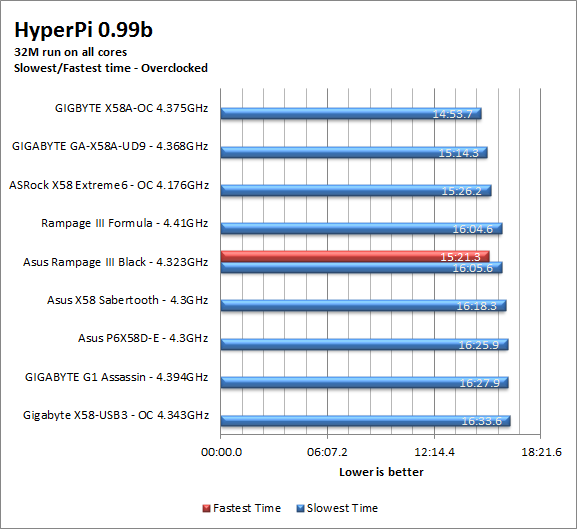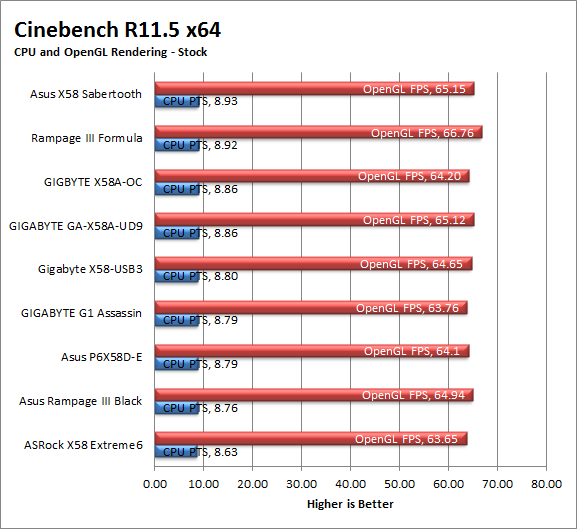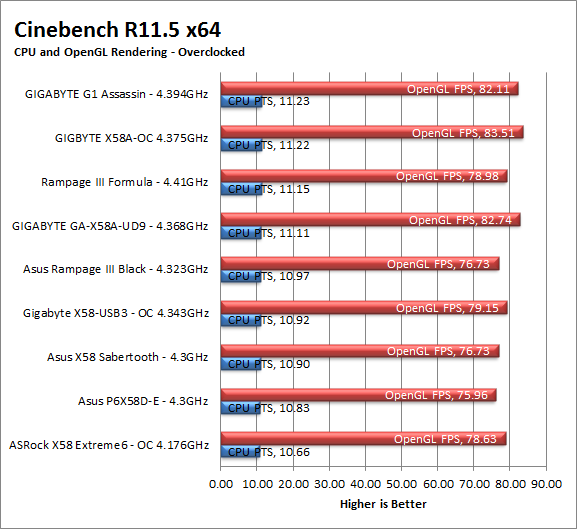Section II - Performance Tests, Synthetic
In this section of testing we cover the synthetics. These are tests that run a scripted sequence of internal APIs or that use another installed application to perform a series of scripted events. They are great in that they can provide reproducible results across various platforms. On the down side, synthetic tests can be fooled with driver tweaks and optimizations. In some cases it is necessary to rename the .exe file to something generic to discover if this is the case. In any event when this is needed (when a test shows a drastic difference in performance over the renamed exe) we will note this and show both results for comparison.
PCMark7 -
PCMark7 is the latest general performance test from FutureMark. As each generation of this benchmark has evolved and developed we have watched them add more and more realistic tests to this suite. With this generation we find more media tests, (audio and video transcoding) moving of large files, multiple web page rendering, and much more (the even added DX10 gaming). We use the Overall Performance and Common Usage suites in our testing.
We have said it before and we will say it again; don’t expect high PCMark scores if your memory performance is not up at the top. Here we see that the PCMark7 scores follow the memory performance scores very closely. Fortunately Asus can gain back quite a bit of memory performance with a few tweaks to the BIOS so all is not lost. 
3DMark 11 -
3DMark 11 is the other Futuremark test that we run on our motherboards. This test simulates the typical tasks that a GPU (and system) would have to perform to provide you with a good gaming experience. It is based on the DX9, DX10 and DX11 engines but can only be installed on Windows Vista or later. The suite of tests covers DX9, DX10, and of course DX11 rendering; it also covers AI computations and physics. That’s right I said Physics the latest version of 3DMark uses a Havok physics engine. This removes the advantage that nVidia had with 3DMark Vantage. 
For 3DMark 11 we see the RIIIB pick back up and move to the head of the line. Here we find them out pacing the others by a fair distance. This is an important bench for them as we can see this board is marketed to both Overclockers and the Gaming crowd (both like high 3Dmark Scores). 
HyperPi 0.99b -
HyperPi is a front end application that allows you to easily run multiple instances of the SuperPi application. SuperPi, for those that are not familiar with it, is an application that measures the time it takes to calculate the number Pi out to as many as 32 million places. This calculation is then checked and run multiple times (up to 24 for a 32M run). This test stresses the CPU, Memory and HDD as data is handed off between the three. If there is a weak link, HyperPi will show it. For our testing we run the 32M test on as many cores (and threads) as the CPU has available. The slowest CPU time is then recorded. 
HyperPi 0.99b is another test that is highly reliant on the memory subsystem. Here we see the Asus RIIIB falling down in the rankings due to this lack of speed (mostly writing the large amount of data to the memory modules). We are adding our fastest core time again as this gives an excellent view of how efficient a motherboard is at handling all of the data pushed by a multi-core/multi-thread CPU.
Cinebench R11.5 -
Cinebench R11.5 is the 11th release of Maxon’s rendering test. This test is based off of the Cinema 4D engine, which is one of the industry standard tools for digital animation. It is a powerful product with many different modules that can be “plugged” into it to increase its effectiveness. With Cinebench you get to see how your computer would do using this application. There are two tests; one tests the CPU’s ability to render an image across multiple cores or threads. The other tests your systems ability to handle OpenGL based rendering. 
Rendering is memory dependent as it relies on being able to quickly access information buffered in cache or RAM. The slow write speeds we saw before are causing the CPU cores to be starved for information as they try to render this object. Once again we have to say that this is not an issue that kills the RIIIB, after all we have seen bigger memory performance issues corrected with a few tweaks to the skews in the BIOS.





